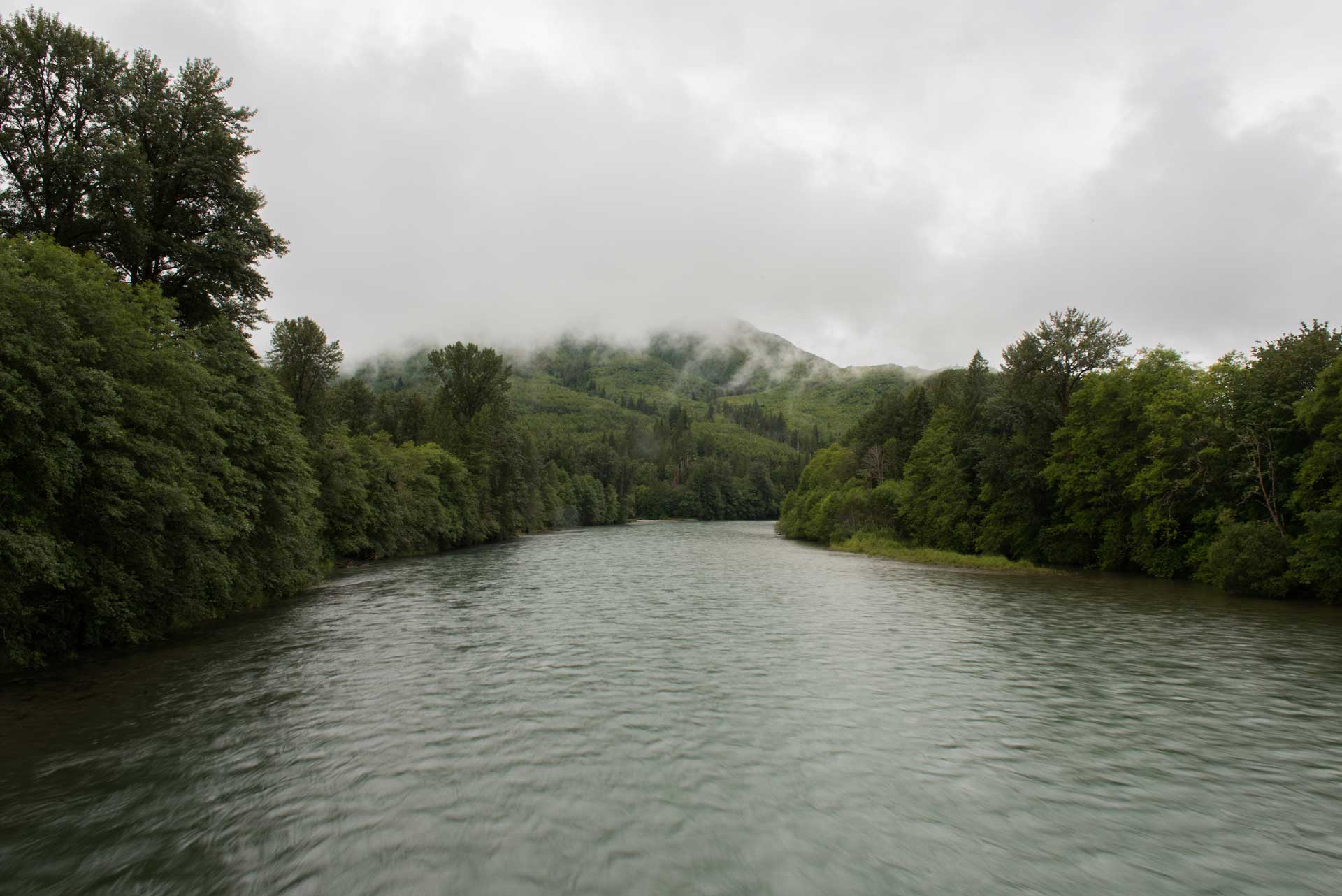TU volunteers greatly expand their restoration work through new collaboration with state and federal partners
Last summer, the Clackamas River TU chapter partnered with the Oregon Department of Fish and Wildlife (ODFW) and the US Forest Service to have a powerful, twin-engine helicopter place nearly 400 huge logs into Berry and Cub Creeks, two important headwater tributaries of the Clackamas River. The resulting logjams will improve spawning and rearing habitat for native winter steelhead, chinook and coho salmon, bull trout, cutthroat, and lamprey.
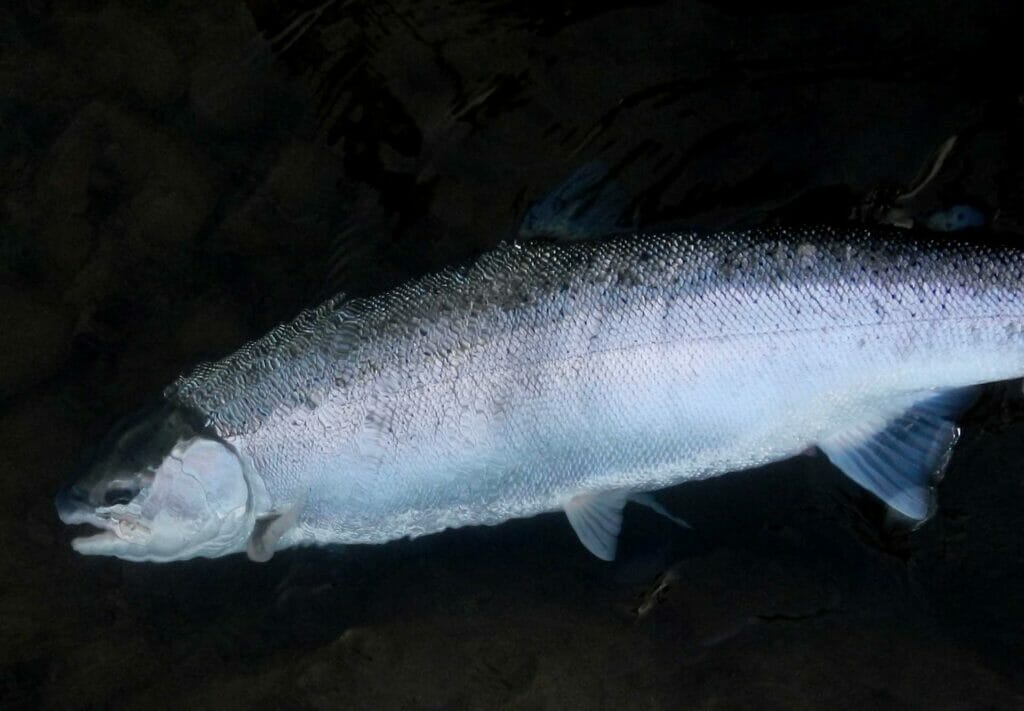
In 2023, the partnership will build on this work with two additional high-impact habitat restoration projects in the basin. For the first, they will return to the watershed’s headwaters in the Mount Hood National Forest to reconnect 15 acres of floodplain, place another 150 to 200 pieces of large wood and reestablish an important side channel at the confluence of Cub Creek and the Clackamas mainstem. Simultaneously, the partners will remove a small dam and improve upstream habitat on Eagle Creek, a tributary of the lower Clackamas designated as critical habitat for salmon and steelhead. Removing the dam will reconnect eight miles of habitat.
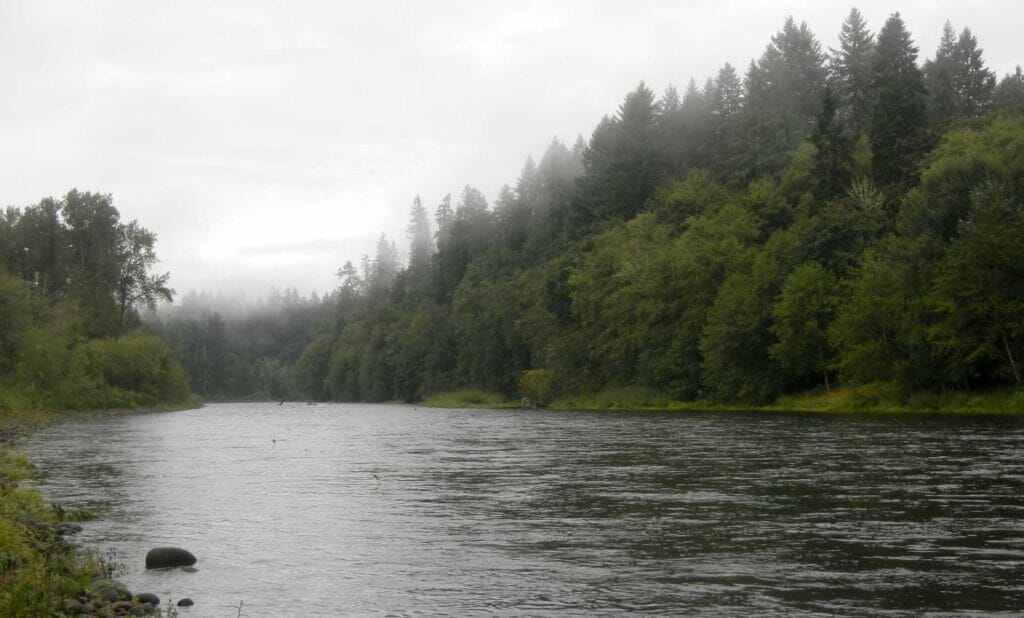
An Opportunity to Scale Their Work in the Clackamas
The expanded collaboration between Clackamas River TU and state and federal agencies represents a huge step forward for restoration efforts in the watershed and is a perfect example of a dedicated TU chapter working to expand the reach and impact of their work. But before the helicopter could ever airlift the first log into place, the project required a leap of faith from the chapter.
“The headwaters of the Clackamas burned a few years earlier in the Lionshead Fire,” explained Ruth Ann Tsukuda, the chapter’s president. “Following the fire, ODFW and the Forest Service approached us with an opportunity to take on a larger role in post-fire stream restoration efforts.”
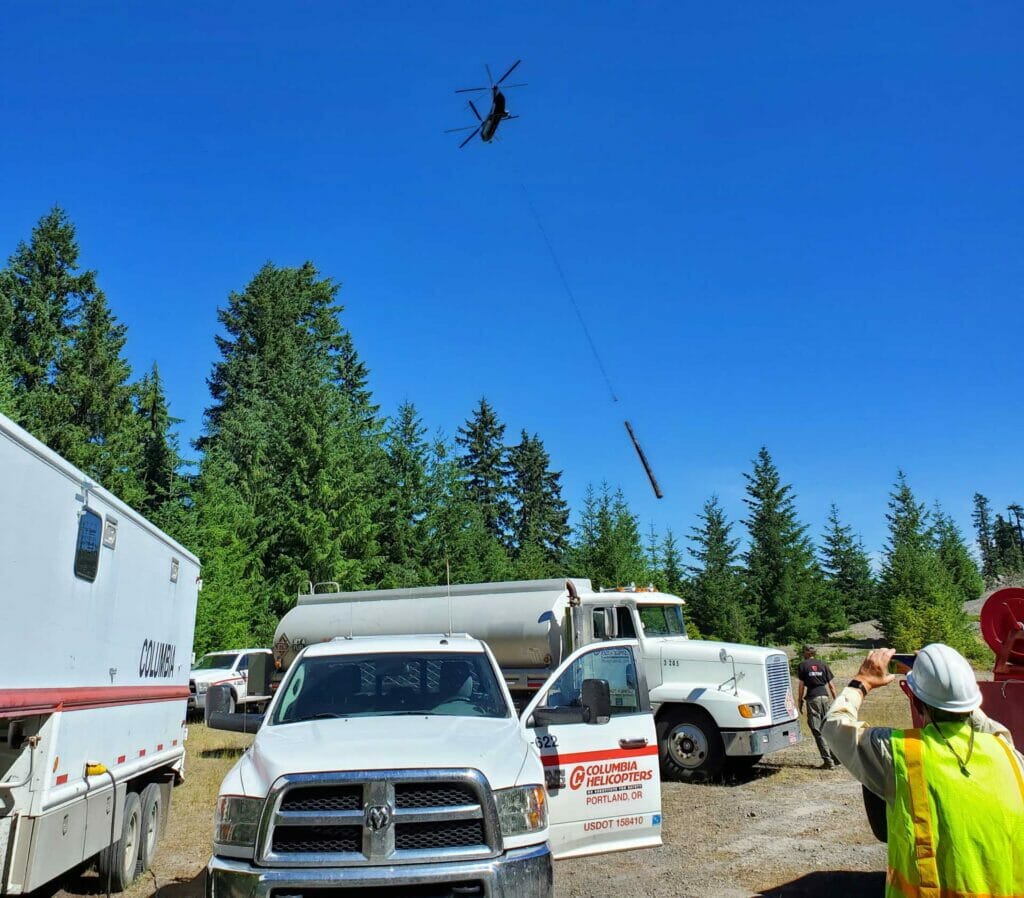
The agencies had identified two potential projects: The habitat work in Cub Creek and an additional opportunity to remove a barrier on Eagle Creek. The agency staff believed funding was available for both projects and were seeking a reliable partner to apply for the necessary grants and coordinate the projects with agency experts.
Terry Turner, a long-time TU volunteer who would go on to manage the projects, explained, “In recent years, Clackamas River TU had worked closely with local ODFW and USFS branches on steelhead spawning surveys, riparian plantings and bull trout reintroduction projects. Individually, these were small projects, but they helped build credibility with agency partners and demonstrate that volunteers can provide important labor and project management in the watershed.”
The chapter knew they were being presented with a big opportunity but was concerned about their ability to take it on as volunteers. “The Clackamas River is close to Portland and provides important recreational opportunities for rafters, kayakers and anglers. But above all, it is crucial watershed for migratory and resident fish,” said Tsukuda. “If we took on the partnership, we wanted to be sure we could deliver on the work. We had some concerns about the scale and risks involved. There is a lot of trust among our board members, and we had several frank conversations to weigh resources and voice concerns. Ultimately, we decided we needed to leap in with both feet.”
“We’re fortunate because we have a deep bench,” she explains. “Our chapter has over 700 members and a deeply committed leadership team. There are educators, connectors, fish biologists and experts like Dick Hollenbeck, our former president, who have fished and hiked every mile of the Clackamas watershed and know it like the back of their hands. We have good working relationships with Oregon TU staff and knew we had good partners at the agencies. We also knew we could depend on Terry Turner’s leadership and project management experience.”
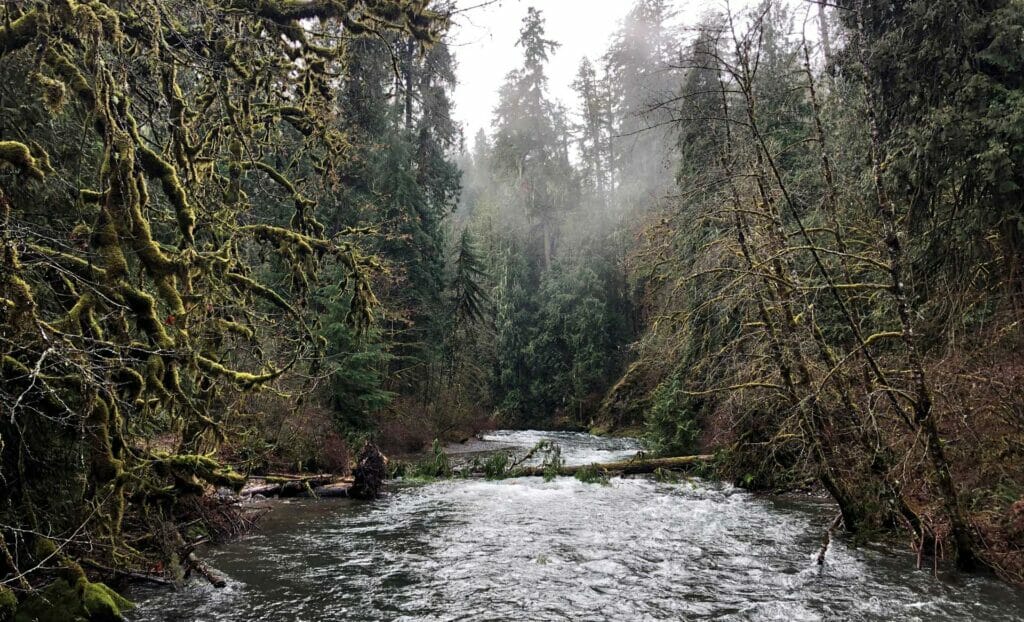
Once they had committed to the effort, the chapter worked closely with the agency staffers to apply for the necessary funding and were eventually awarded key grants from the Oregon Watershed Enhancement Board and the USFS Drinking Water Providers Partnership for the two projects in Cub Creek and the Oregon Department of Transportation Fish Passage Mitigation Fund to support the dam removal project on Eagle Creek. They reached out to Oregon TU staffers for guidance and best practices on managing the grants, project design and the contractor bidding process.
“In a year, with the addition of these projects, we went from approximately $12,000 in annual revenue to a budget of over half a million dollars,” Turner said “I think it is a great example of how Trout Unlimited grassroots volunteers can augment the work of TU staff in their region. We can rely on agency partners for technical expertise and on-the-ground project management while chapters and state councils can provide grant administration and project coordination. Really, it is just a smaller version of the larger, and effective, TU and agency partnership model.”
Chrysten Rivard, the Director of Oregon’s TU program, agrees. “We don’t have a full-time staff member working in the Clackamas Basin. Terry Turner, and the entire Clackamas Chapter, is stepping up to provide truly consequential restoration work in the watershed. I am honored to collaborate with these dedicated volunteers. Wild salmon, steelhead, lamprey, and trout are going to benefit from this work and every angler in the region who fishes the Clackamas should be grateful for their commitment to their home waters.”
This coming summer will be a busy one in the Clackamas Basin. Stay tuned for updates on the chapter’s projects on tu.org/magazine and TU’s social media channels.



